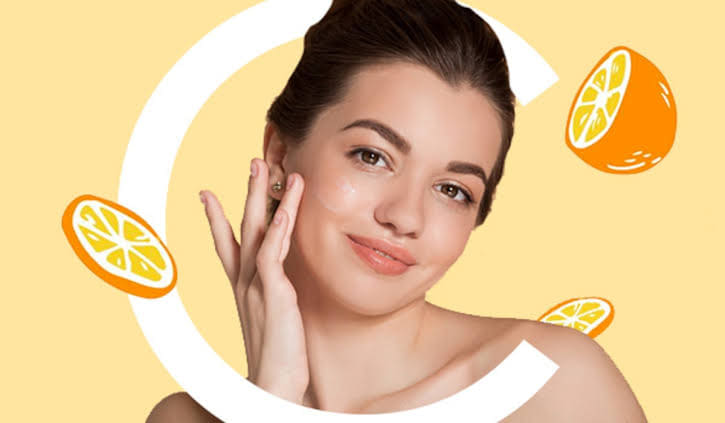Is Vitamin C good for Skin?
- Arthur and Fatima Macogay
- Mar 19, 2022
- 3 min read
Updated: Aug 10, 2023
Vitamin C is legendary in the skin care world. In fact, some say it is the holy grail for all things skin-related, and for good reason. This incredible antioxidant, anti-inflammatory nutrient is known to improve skin tone and texture, hydrate the skin, and reduce signs of aging.
You can get vitamin C in fruits and vegetables, but that’s not the only way to enjoy its benefits for skin health—it’s widely used in cosmetic products. Researchers have discovered that when it comes to healthy skin, topical vitamin C is significantly more effective than consuming it.
Adding vitamin C to your skin care routine can not only brighten your complexion but also protect against skin damage caused by sun exposure and harmful free radicals. This potent antioxidant is commonly used in face cleansers, serums, oils, and moisturizers.
How Vitamin C Supports Skin Care
Vitamin C —also known as ascorbic acid—is a water-soluble nutrient that plays an important role in keeping your skin healthy. Topical vitamin C is clinically proven to have a wide range of clinical applications thanks to its antioxidant, antiaging, antipigmentary properties. This potent nutrient offers many benefits for the skin, including the potential to:
Make collagen, used to keep skin youthful and plump
Heal wounds
Maintain and repair damaged skin and cartilage
Diminish the appearance of fine lines and wrinkles
Brighten up complexion
Even skin tone
Reduce the appearance of dark spots
Prevent premature aging
Benefits
Vitamin C may give you the following benefits.
Reduce Undereye Circles
When you notice dark circles under your eyes after a night or two of bad sleep, you’re actually seeing a network of blood vessels just under the skin.
In a small clinical study, researchers observed that vitamin C helps reduce and present dark circles under the eyes by strengthening the otherwise thin, delicate skin under the eyes. Vitamin C’s antioxidant properties make skin more elastic and resilient, helping conceal the blood vessels underneath.2
Collagen Production
Vitamin C is absolutely essential for producing collagen in the body. Collagen is the building block of skin, hair, muscles, and tendons, and it is what keeps our skin looking youthful and smooth.3 As we age, collagen production slows down, which may lead to sagging skin.
When applied topically, vitamin C accelerates the production of both collagen and elastin, which help keep the skin plump and firm. Topical vitamin C can help prevent premature aging of the skin, restoring a youthful, smooth appearance to the skin.
Treats Hyperpigmentation
Hyperpigmentation—a common condition characterized by the development of darker spots on the skin—is most often caused by overexposure to the sun’s ultraviolet (UV) rays and environmental stresses. Although harmless, hyperpigmentation can make you appear older.
One study found that vitamin C’s antioxidant properties play an important role in combating unwanted dark spots and preventing signs of aging caused by sun damage.4 Vitamin C also helps inhibit the production of tyrosinase, an enzyme that aids in the production of melanin, preventing hyperpigmentation.
Vitamin C doesn’t have an effect on normal skin coloration—it won’t fade away normal dark skin pigmentation, only the abnormal melanin deposits caused by sun damage.
Hydrates Skin
Without sufficient moisture, the epidermis (top layer of skin) starts to dry out, which leads to itchy, scaly skin and premature aging. Hydration is vital to keeping your skin healthy and youthful-looking.
Fortunately, vitamin C is clinically proven to help skin retain water, keeping it plump and smooth and preventing it from becoming too oily or dry. Researchers found that individuals who were given a supplement containing vitamin C showed significant and sustainable improvements in skin hydration, elasticity, and roughness.5
Have your ideal skin with our Vitamin C !!











Comments